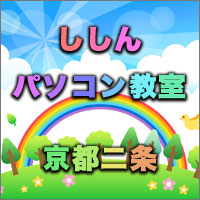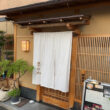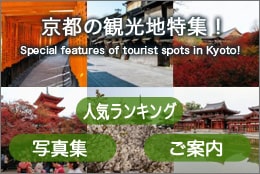Rokuharamitsuji Temple
Posted date:2021-07-29Author:じゅうべい(Jubei) Transrator:ポンタ(Ponta)
Category:Buddhist Stories , Kyoto tourist spot
広告
adsense4
It is a cozy little temple unexpectedly, isn’t it?
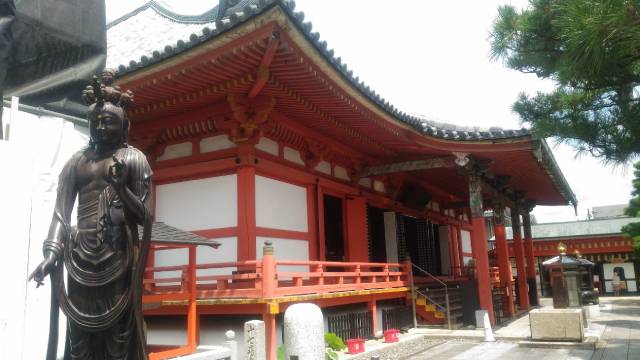
(Taken by the author.)
I thought so today by visiting the temple, Rokuharamituji temple. It is the temple located in Higashiyama district in Kyoto City, and is famous for temple Kuya saint opened during Owa periods (from 963 to 964). It was originally named Saikoji temple (the temple where people wish for western paradise), it was later renamed Rokuharamituji temple, and became branch temple of Tendai sect. (It is now a temple of Chizan school of Shingon sect.)
Rokuharamituji means six acts bodhisattva (we who strive for salvation in this world) should do in order to reach the place of ease. To say simply,
2 Precepts: To protect commandments of not killing living things, not stealing, not doing indecent acts and so on.
3 Forbearance: To resist and persevere even if you encountered persecutions and difficulties.
4 Devotion: To work hard for yourself and others dedicatedly by converting all you have now to power.
5 Zen meditation: To work on just dedicatedly by concentrating one thing.
6 Wisdom: To disconnect your persistence by considering all things not having fixed entities originally.
Always doing these at the same time. By repeating it, people will be led to the place of ease at last and will be able to become the person liberated from sufferings; Buddha. Then people will be able to do what they weren’t able to do or will be able to see what they were not seeing. For this reason, people will be able to be at ease or calm whatever happens to them.
adsense2
Kuya saint who opened Rokuharamituji had a mind to dedicate himself for others just dedicatedly with all his discriminations and differentiation thrown away. And with the mind, he developed his various salvation activities for the people suffering from disasters, epidemics and poverty. The most famous is this word of Kuya saint.
Hitotabimo Namu Amida Bututoiuhitono hachisunoueninoboranuhanasi.
There are no people who recite Manu Amida Butu once and never rise on the lotus in the paradise.

It is Kuya saint who explained all people that “everyone can reborn in the paradise world after death” by saying so. By the way, why will people be saved by reciting Nembutu? What is the mean for reciting Nembutu? Although I have long wondered why since I learned at school, I have found that that is probably so after searching its meaning. The word “Namu Amida Butu” is the word of oath that means you should live by enlisting yourself to this thought.
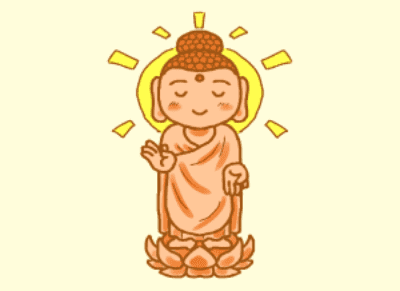
All of us are equally the bodies that live under various relations transcending the difference of their status and even further the difference of living and death. You should accumulate good doings as the person who strive for salvation in this world under the fate of lives, that is Bodhisattva. You should dedicate yourself for others dedicatedly by forgetting yourself by throwing away all including compensation, secret intention, discrimination and differentiation.
By doing so, I will lead you to the paradise Jodo of ease without doubt.
All of us are equally the beings that are given lives under the various relations. You should devote yourself for others just dedicatedly by being aware of that and throwing all including discrimination and differentiation.
I think that enlisting in this thought is reciting “Namu Amida Butu”. And as a result of this, people can live calmly in this world with earthly desires, persistence, and self-attachment which are the source of suffering disappeared. And people can reborn in the paradise Jodo where Amida Buddha is there not reborning in the lost world again after death.
Kuya saint saved people who were dominated by various suffering in the city of Kyoto by disseminating the thought of Nenbutu. I had such a thought at the sight of that famous statue of Kuya saint (made in Kamakura era) displayed in the treasure house of Rokuharamituji temple. And I put my hands together and recited without thinking deep “Namu Amida Butu, Amida Butu”.
Rokuharamituji temple
- Location: Kyoto City Higashiyama district Gojo street Yamato Oji Noboru Higashi.
- Tel: (075)561-6980
- URL:https://www.rokuhara.or.jp/
- Access by public transportation
Kyoto city bus:
Ride no. 206 system from Kyoto Station and get off at Kiyomizudo and walk 7 minutes.
Keihan train:
Get off at Kiyomizu Gojo Station and walk 7 minutes.
Hankyu train:
Get off at Kawaramachi station and walk 15 minutes.
※ There is no parking, so please use the public transportation nearby. - Viewing hours (Ordinary)
Opening: 8:00
Closing: 17:00 - Viewing hours for treasure house:
Opening hours: 8:30
Closing: 17:00 (Reception ends at 16:30)
Viewing fees: adult: 600-yen, university students, high school students, junior high school students: 500-yen, elementary school students:400 yen.
※With the handicapped notebook, you can see by half.
Reference:
“Hokekyo” translated by Yukio Sakamoto and Hiroshi Iwamoto. (The middle edition)
(Published in 1964, by Iwaba shoten) Page 377 -205 “Rokuharamitu”.
“New general theory of Buddhism- six roads and Rokuharamitu” by Shuyu Kanaoka.
(Published in 1979 by Shunju-sha)
Tenryaku statue and Large Prajna Memorial Ceremony in Owa-changes in the society and nation and creation of gathering as the place for interactions and responding-) by Shoken Higashidate. (“The saints in Jodo- famous monks in Japan 5” edited by Yuishin Ito.) (Published in 2005 by Yoshikawa Koubunkan.)
“The Heian monk who created Nenbutu: Amida saint Kuya” by Yoshinaga Ishii. (Published in 2003 by Koudansha.)
“Kuya: he should be called as the starter of Nenbutu in our country” by Yoshinaga Ishii (Published in 2009 by Minerva shobo.)
Author
じゅうべい(Jubei)
Hello everyone. I am Jubei, an earthling whose energy does not stop today. What I like is playing (manga, movies, music (J-Rock, etc.) and visiting cafes). Thank you for your understanding.
